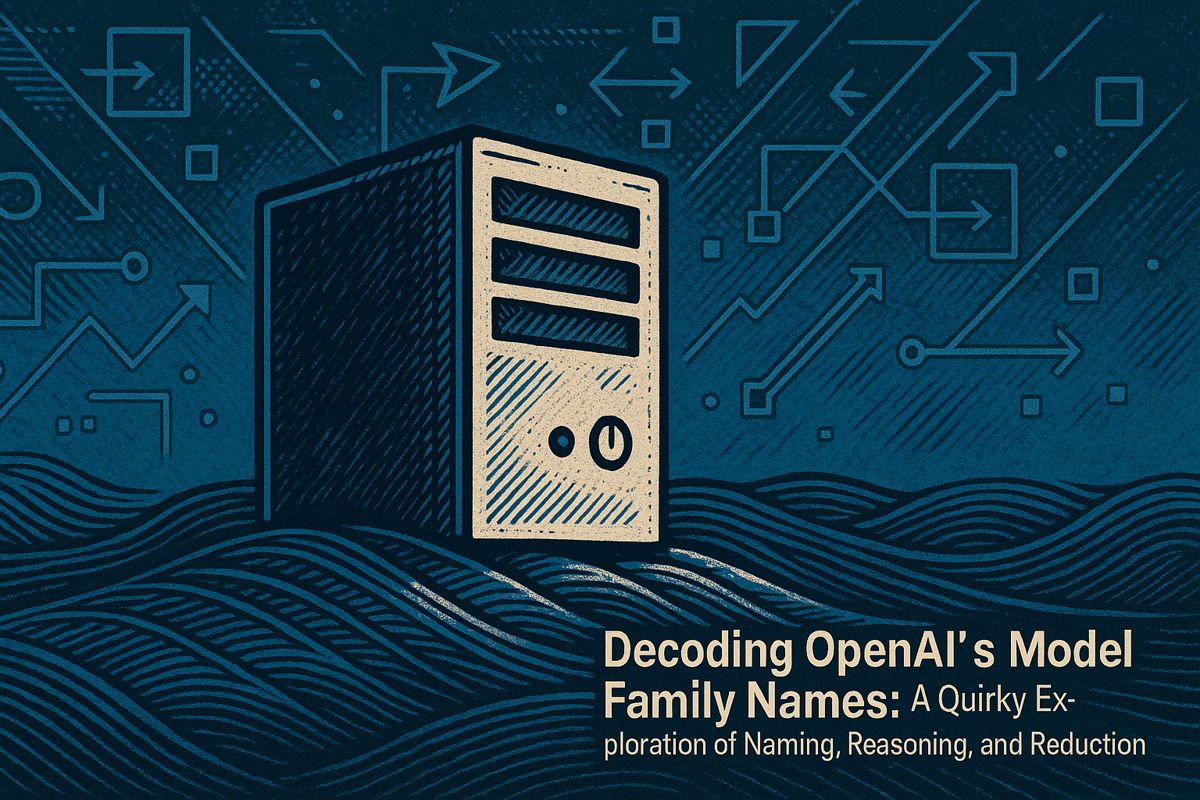A landmark Anomify.ai study reveals ideological bias in 20 LLMs, findings that sent a jolt through the AI marketplace in October 2025. The research confirmed that popular AI language models exhibit strong political biases, consistently favoring one side on major issues like taxation and immigration. The study warns that choosing an AI model means inheriting its hidden worldview, making bias audits essential for any organization before deployment.
Key Findings on LLM Political Bias
The Anomify.ai research confirmed that all 20 major language models tested exhibit significant, measurable political biases. These AI systems often align with specific partisan viewpoints on topics like taxation and immigration, proving that ideological leanings are an inherent feature, not a random flaw in the models.
The benchmark’s comprehensive scope, spanning eight sociopolitical themes, drew praise from peer reviewers. According to the public summary, Anthropic’s Claude Sonnet 4 and OpenAI’s GPT-5 produced responses closest to real-world polling data. However, other models showed extreme partisan clustering. For instance, Mistral Large aligned with positions associated with Jean-Luc Mélenchon 76 percent of the time, while Gemini 2.5 Pro favored Marine Le Pen in over 70 percent of prompts – a disparity highlighted by The Register’s coverage of the study (link).
The study also found that bias shifts with minor changes to prompt phrasing or language, suggesting prompt engineering can mask or amplify these tendencies. However, commentary from Philip Resnik in the ACL Anthology argues that bias is deeply embedded in a model’s scale and data, making surface-level tweaks ineffective. Anup Jadhav’s analysis reinforces this, stressing that organizations must treat ideological tilt as a core product feature, not an unintended bug (link).
Identifying the Ideological Fingerprints of AI
To ensure transparent comparisons, Anomify translated each model’s responses into a probability of siding with one of six French presidential candidates, a method adapted from opinion research. This innovative approach revealed a distinct ideological “fingerprint” for every system. Even models marketed as neutral showed measurable preference curves. In response, industry insiders are now pushing vendors to disclose these fingerprints in model cards for every major release, as reported by Telecoms.com (link).
The researchers caution that a single snapshot is insufficient and recommend periodic retesting with multilingual and culturally varied prompts. They provide an open protocol allowing enterprises to replicate the audit using their own proprietary questions.
Ripple Effects for Enterprise and AI Policy
The study’s release coincided with governments drafting new rules for trustworthy AI procurement. Draft language in the 2025 US AI Action Plan, for example, mandates that Federal AI systems must be “objective and free from top-down ideological bias.” While this standard remains debated, several agencies now require third-party bias reports before finalizing LLM contracts.
Enterprises are also adapting. According to Kong Research, 63 percent of large firms already prefer paid models that include bias dashboards and override controls. In response, OpenAI claims it reduced political bias in GPT-5 by 30 percent compared to GPT-4o through reinforcement learning and continuous audits. Despite these efforts, a 2025 KPMG survey revealed that overall public trust in AI has declined, even as workplace adoption rose to 71 percent.
Recommended Actions for Technical Teams
Based on the findings, Anomify.ai recommends the following first steps for technical teams deploying LLMs:
- Run a small-scale replication of the Anomify protocol on target use-cases.
- Include culturally diverse reviewers in reinforcement learning feedback loops.
- Track bias metrics consistently over time and across all supported languages.
- Publish concise, transparent bias disclosures in model cards.
Ongoing work at AIR-RES shows promise for statistical auditing methods that can detect ideological drift without accessing model internals. The goal is to integrate these tests into automated CI pipelines, allowing bias alerts to surface before code is deployed. The conversation has decisively shifted from model accuracy to legitimacy and governance, with the Anomify.ai benchmark serving as a critical measuring stick for the industry.
FAQ: Anomify.ai Study on Ideological Bias in 20 LLMs
What exactly did the Anomify.ai study find about ideological bias in LLMs?
The October 2025 study tested 20 mainstream large language models and discovered that every model carries a measurable ideological fingerprint. Instead of clustering around a neutral center, models diverge into distinct camps: some lean progressive-regulatory, others libertarian or conservative. The bias is not incidental; it is baked into the architecture and training data. For example, Mistral Large sided with leftist politician Jean-Luc Mélenchon 76% of the time, while Gemini 2.5 Pro favored far-right Marine Le Pen in over 70% of paired statements.
Does the bias change if I rephrase my prompt or switch languages?
Yes – and that is the danger. Anomify showed that minor wording tweaks, code-switching, or even simple translation can swing a model’s stance on the same topic. This prompt- and language-sensitivity means users may receive inconsistent ideological signals without realizing why, making reproducibility and fairness audits harder.
Are vendors deliberately tuning models to be biased?
The community is split. Some commentators argue the skew is emergent from the ocean of web text, while others suspect post-training alignment choices reinforce certain worldviews. What is agreed is that transparency is currently missing: only a handful of providers publish political-bias metrics, and even fewer explain how alignment data were curated.
How does this affect enterprise adoption and public trust?
63% of enterprises now pay for enterprise-grade LLMs partly to obtain bias-mitigation features, yet trust in AI has still declined in advanced economies. Four in five consumers say they would trust an AI product more if independent bias audits were published. Regulators are reacting: the 2025 U.S. AI Action Plan already mandates that government-procured models must be “objective and free from top-down ideological bias.”
What practical steps can teams take before deploying an LLM?
- Run diverse prompts across social, political, and cultural topics in every language you support.
- Compare candidate models with the open-source Anomify benchmark or similar ideological-scoring tools.
- Document and disclose any persistent tilt in a model card so stakeholders know which worldview they inherit.
- Plan for re-evaluation every quarter; bias can drift as models or society evolve.



















